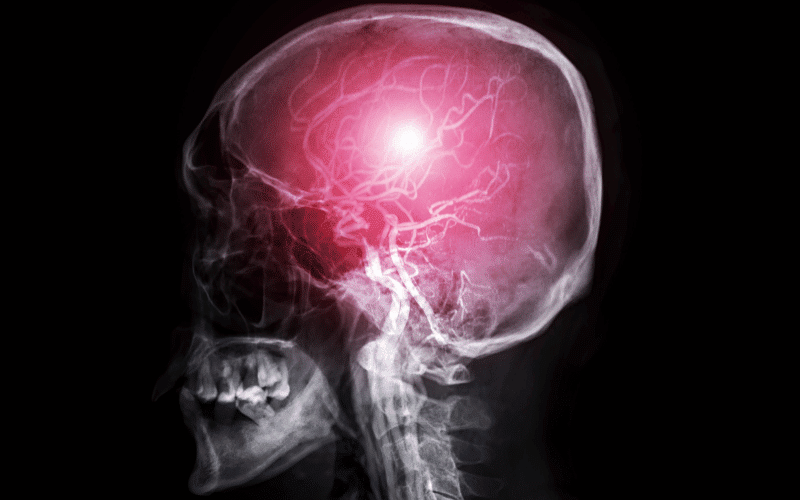Introduction: Unraveling the Intricacies of Cerebral Amyloid Angiopathy

Cerebral Amyloid Angiopathy (CAA) is a disease that might not be at the forefront of public health discussions, but its effects are profoundly significant. This condition involves the degradation of small blood vessels in the brain, leading to various neurological issues. Despite its understated presence, the impact of CAA on both individuals and the larger health care system is substantial.
The journey into understanding CAA is complex yet fascinating. While the disease doesn’t have the widespread recognition of conditions like Alzheimer’s or Parkinson’s, it is a significant contributor to brain health issues, particularly among older adults. Many are unaware of this silent assailant that can dramatically alter one’s life quality.
This insightful exploration into the world of CAA uncovers 15 crucial facts about this cerebral condition. The aim is to shed light on this lesser-known disease, helping to shift perceptions and deepen understanding about neurodegenerative diseases. It is a journey that might be filled with medical jargon and complex processes, but it promises to be an enlightening experience.
As we delve deeper into these 15 vital facts, we hope to offer a valuable resource for anyone wanting to know more about CAA – a condition that’s perhaps silent, but has a voice that needs to be heard. The narrative seeks to be an amalgamation of medical research, scientific evidence, and easy-to-understand explanations that will enlighten readers about this complex disease.
Fact 1: The Diverse Spectrum of CAA Symptoms

While CAA often progresses silently, the condition can present a wide range of symptoms when they do occur. This diversity makes it even more challenging to diagnose and manage.
Symptoms of CAA can range from subtle cognitive changes to more obvious neurological deficits. Mild memory issues, difficulty concentrating, or slight confusion may be early indicators of the disease. On the severe end of the spectrum, individuals may experience significant cognitive decline, seizures, or even stroke.
Physical symptoms can also emerge, such as difficulty walking, vision problems, or muscle weakness. These symptoms might not be immediately associated with a condition like CAA, adding another layer of complexity to its detection.
One interesting point is that the location of amyloid buildup in the brain may influence the symptoms experienced. For example, if the buildup is more prominent in areas of the brain responsible for memory, memory-related symptoms may be more pronounced.
The diverse symptom spectrum of CAA showcases just how versatile this condition can be, further emphasizing the need for personalized and comprehensive care. (1)